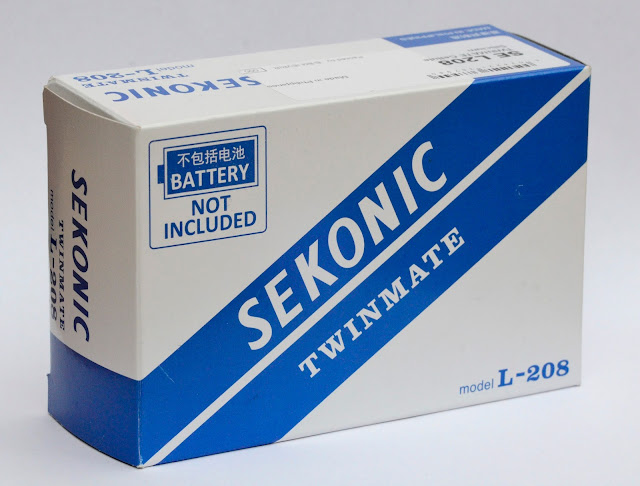Debonair 120

At last I have found this old camera of mine. This is the first camera I owned. Probably purchased around 1967 as a present. I have no idea of how much it cost at the time but it was most likely in shillings, not pounds. This is the Debonair 120 roll film camera. It is of course a copy of the famous Diana camera produced in China in the 1960s. This is a plastic camera with plastic lens. It takes 120 roll film. It has very basic controls. On the side of the lens (above, to left of lens) is the shutter release button. This fires the shutter everytime it is pressed and is not linked to the film advance. Therefore multiple exposures are highly likely unless you wind on immediately after each shot. The back of the camera has the red film counter window which displays the exposure number printed on the backing paper of 120 roll film. The lens has two other metal sliders that control the aperture and the shutter. The apert...



